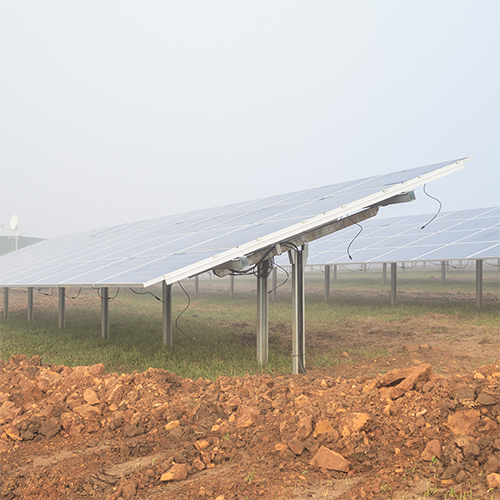Working with subcontractor eSmart, Prysmian has designed, installed and tested a short underground cable system to connect the Yelvertoft solar farm in Northamptonshire with the national transmission network.
The solar farm, constructed and operated by Bouyges Energies and Services UK, will supply enough clean energy to power 15,000 households.
At design stage
The project for Prysmian began with a detailed survey of the route. Deliverable energy requirement, location and geological conditions will affect both cable design and the design of the installation trenches, ducts and structures into which it will be installed.
With sufficient understanding of the geological conditions and the optimum route, the trenches were designed to minimise any mechanical stresses on the cable over time as well as to make the initial cable pulling process as straightforward as possible. No joints were required in the cable and the duct route kept the bend radius as large as possible, with pulling calculations undertaken to ensure the tension and sidewall pressure was acceptable.
The 132 kV cable is designed by the UK team at Prysmian, ensuring its electrical performance can deliver the client’s requirements. It is also essential that the cable design can integrate with the specific network requirements of the regional Distribution Network Operator – in this case National Grid Electricity Distribution (formerly Western Power Distribution).
This cable system design includes six terminations and their supporting structure. Prysmian supplied its CLICK-FIT Dry Type Outdoor Terminations together with link boxes and single core bonding leads. The scaffold structure, which also needed to support the six surge arrestors provided by eSmart, was designed and constructed by Prysmian, with the foundations being installed by eSmart to NGED Specification.




